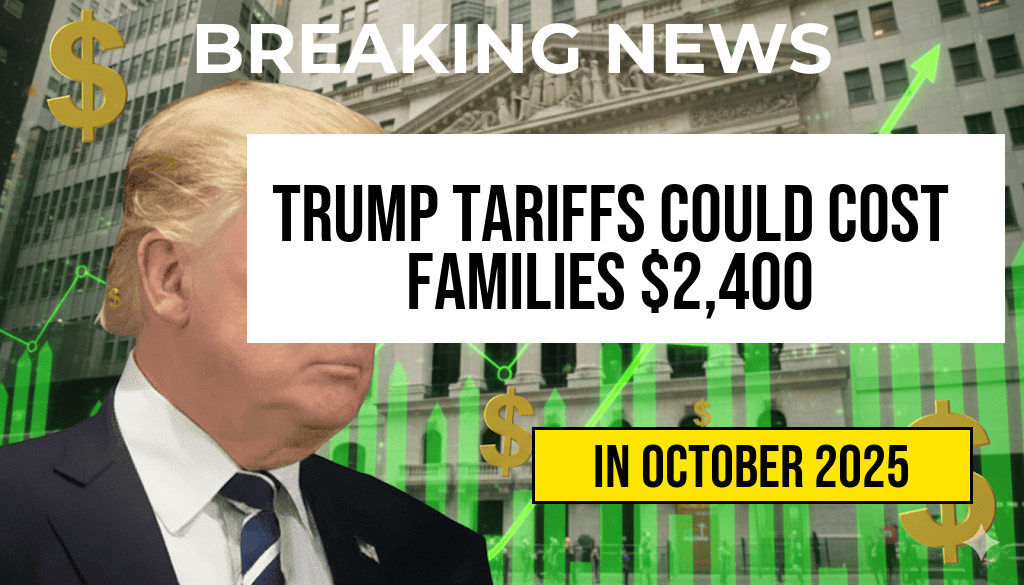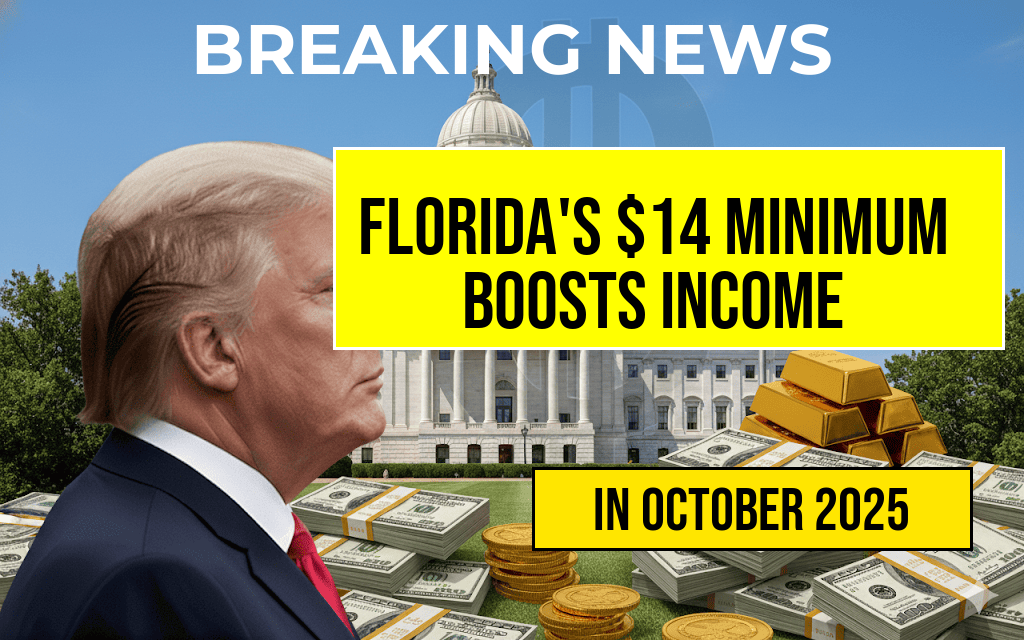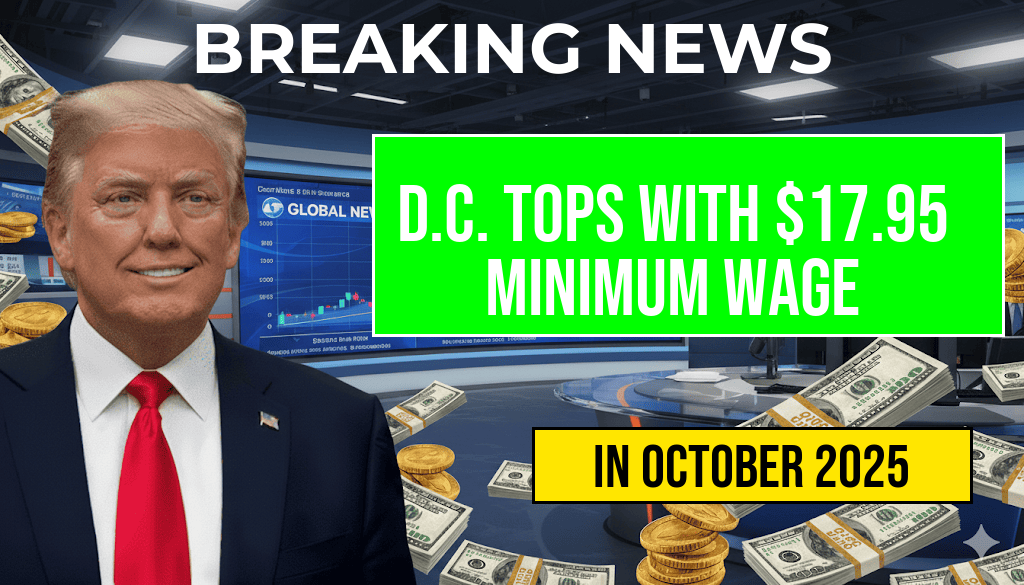Recent policy proposals and economic forecasts suggest a significant threat looming over the middle class in the United States, with potential reductions in average household income by as much as $1,300 annually by 2027. Analysts warn that new tax regulations, proposed social spending cuts, and inflationary pressures could disproportionately impact middle-income earners, eroding financial stability built over decades. This development raises questions about the future of economic mobility and the resilience of the middle class amid shifting political and economic landscapes.
The Proposed Policies and Their Potential Impact
Tax Reforms and Revenue Policies
Several lawmakers have introduced legislation aiming to overhaul the current tax structure, intending to fund expansive social programs and infrastructure projects. However, critics argue these reforms could result in increased tax burdens on middle-income households, which currently pay a balanced share of taxes relative to higher earners. For instance, proposed adjustments to income brackets and elimination of certain deductions could lead to an effective tax hike, reducing disposable income for millions.
Reductions in Social Spending
Federal budget proposals include cuts to programs traditionally benefiting middle-class families, such as housing subsidies, child care support, and education grants. According to estimates from the Congressional Budget Office (CBO), such reductions could decrease household income levels, especially in urban and suburban areas where reliance on these programs is significant.
Inflation and Market Volatility
Simultaneously, inflationary pressures driven by global supply chain disruptions and energy prices are expected to persist into 2027. The Federal Reserve’s monetary tightening measures, aimed at curbing inflation, may also slow wage growth, making it harder for middle-income families to maintain their purchasing power. The combination of policy shifts and inflation could effectively reduce real income, compounding financial stress for many households.
Economic Projections and Middle-Class Challenges
| Scenario | Estimated Income Reduction |
|---|---|
| Current Policies Maintained | No significant change |
| Implementation of Proposed Tax and Spending Reforms | $1,300 average reduction |
| Combined Inflationary and Policy Effects | Potentially up to $2,000 decrease in real income |
Economists from the Urban Institute predict that, under the most aggressive policy scenarios, the middle class could see annual income declines approaching $1,300 or more, challenging the notion of steady economic progress. These figures are based on current projections and assume full implementation of proposed reforms, alongside ongoing inflationary trends.
Regional Variations and Vulnerable Populations
Economic impacts will not be uniform across the country. Urban centers with higher living costs and greater reliance on social programs are likely to experience more pronounced income reductions. Conversely, rural areas may face different challenges, including employment disruptions and limited access to alternative support systems. Vulnerable populations within the middle class—such as single parents and minority households—may face disproportionate hardships, further widening existing economic disparities.
Expert Opinions and Policy Implications
Economic Analysts Weigh In
Many experts emphasize the importance of cautious policymaking, warning that aggressive reforms could hinder economic mobility rather than promote growth. Dr. Susan Walsh, an economist at the University of California, remarked, “While fiscal responsibility is crucial, well-intentioned policies that inadvertently burden middle-income families risk undermining the very stability they aim to promote.”
Government and Advocacy Responses
Some advocacy groups argue that targeted investments in education, healthcare, and affordable housing could offset the negative impacts of proposed reforms. They call for a balanced approach that sustains economic growth without disproportionately squeezing middle-class households.
Looking Ahead: Navigating Uncertain Fiscal Terrain
The intersection of policy proposals, inflationary trends, and economic growth forecasts paints a complex picture for the middle class over the next few years. With potential income reductions on the horizon, policymakers face the challenge of crafting strategies that promote sustainable growth while safeguarding the financial stability of middle-income families. The coming months will likely see intensified debates over fiscal priorities and social investments, shaping the economic landscape well into 2027 and beyond.
Frequently Asked Questions
What is the main concern highlighted in the article?
The article discusses how new policies could threaten the middle class by potentially reducing the average income by up to $1,300 in 2027.
How might these policies impact middle-class households?
These policies could lead to a decrease in disposable income for middle-income families, affecting their ability to maintain their current standard of living and potentially increasing financial strain.
Which policies are contributing to the potential income reduction?
The article highlights recent tax reforms and regulatory changes that are expected to decrease income levels for the middle class starting in 2027.
Are there any measures suggested to mitigate the impact on the middle class?
The article suggests that targeted policy adjustments and support programs could help protect middle-class income and ease financial pressures.
What is the significance of the projected income decrease for the economy?
The potential income reduction could lead to decreased consumer spending and economic growth, posing broader economic challenges in the coming years.






